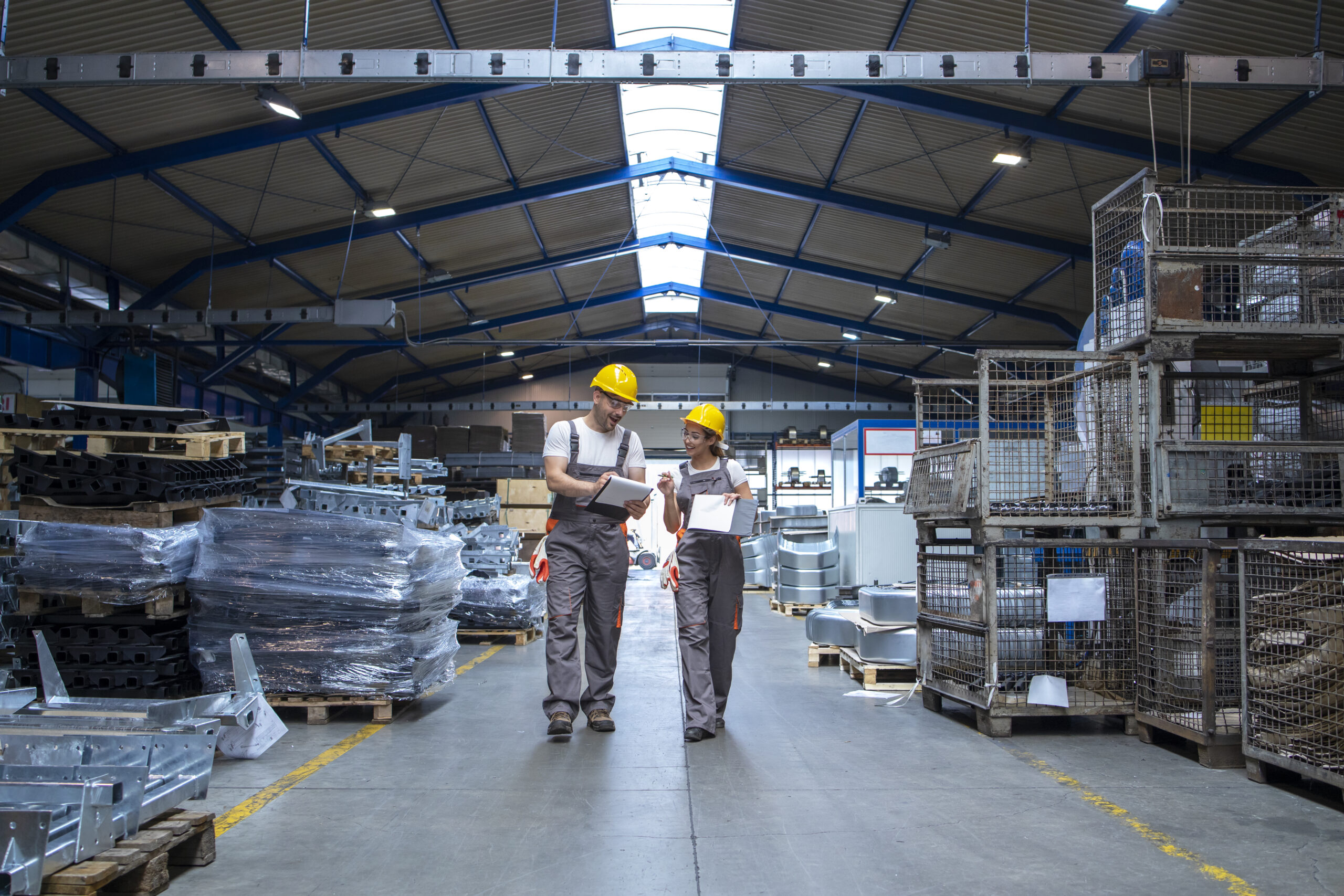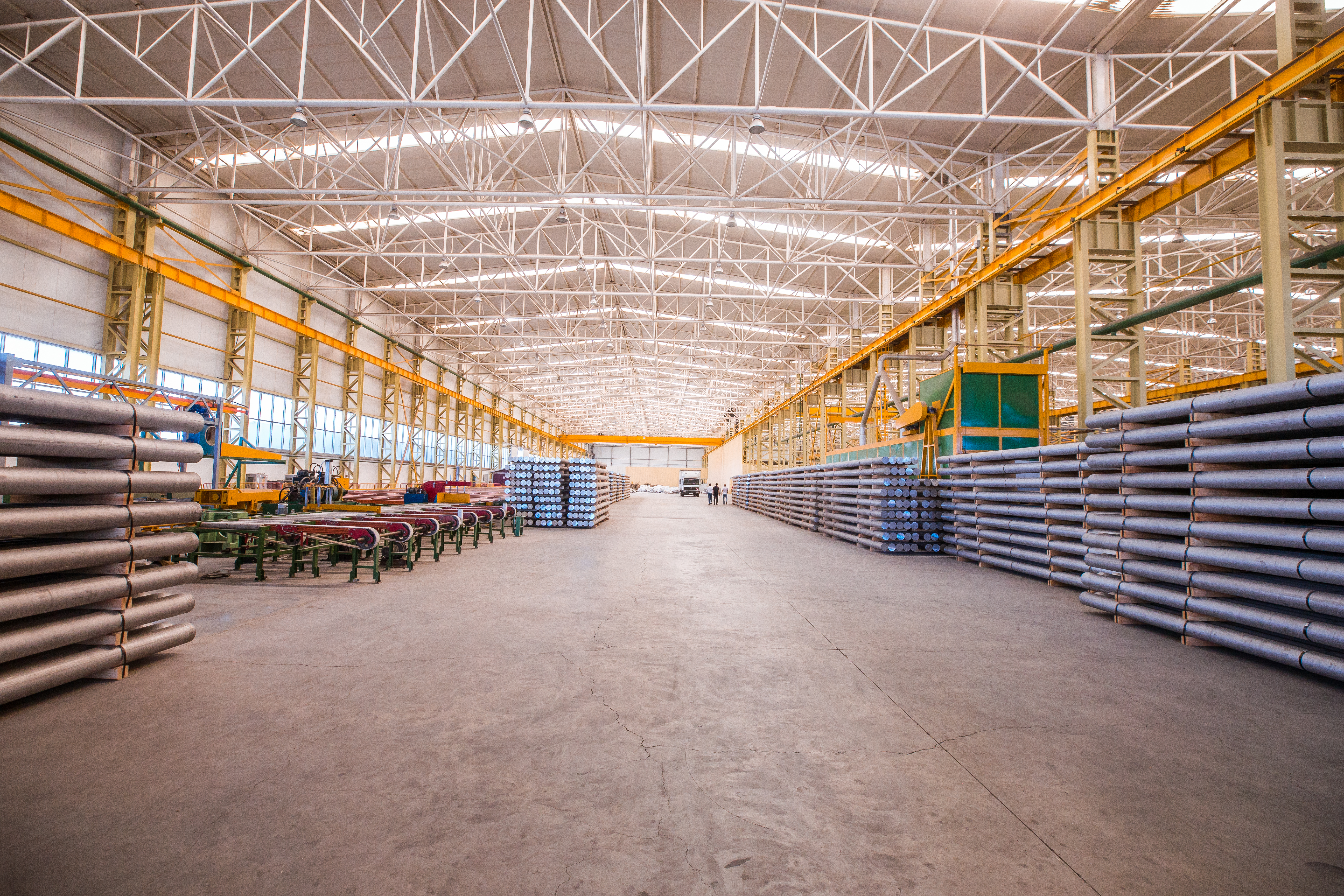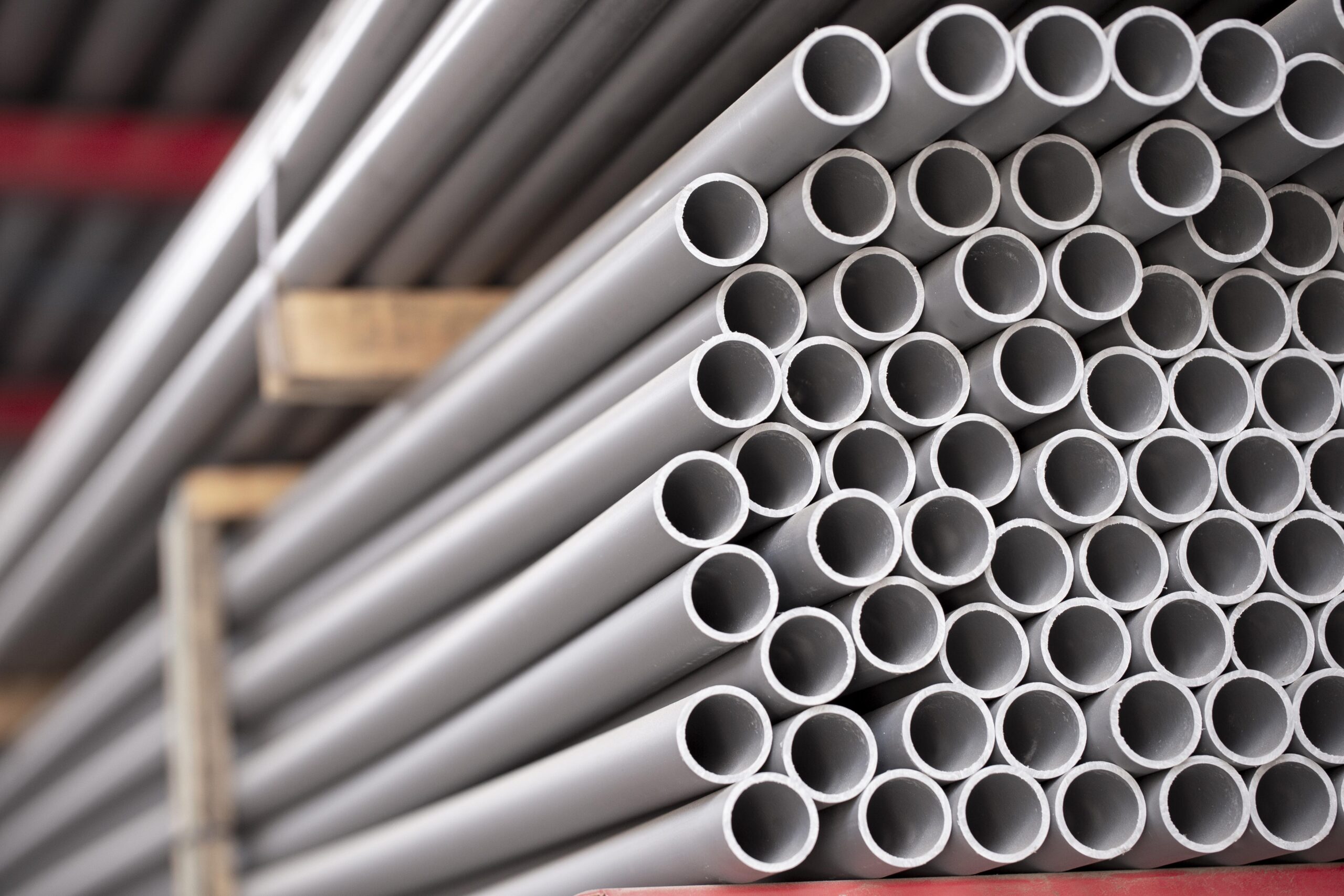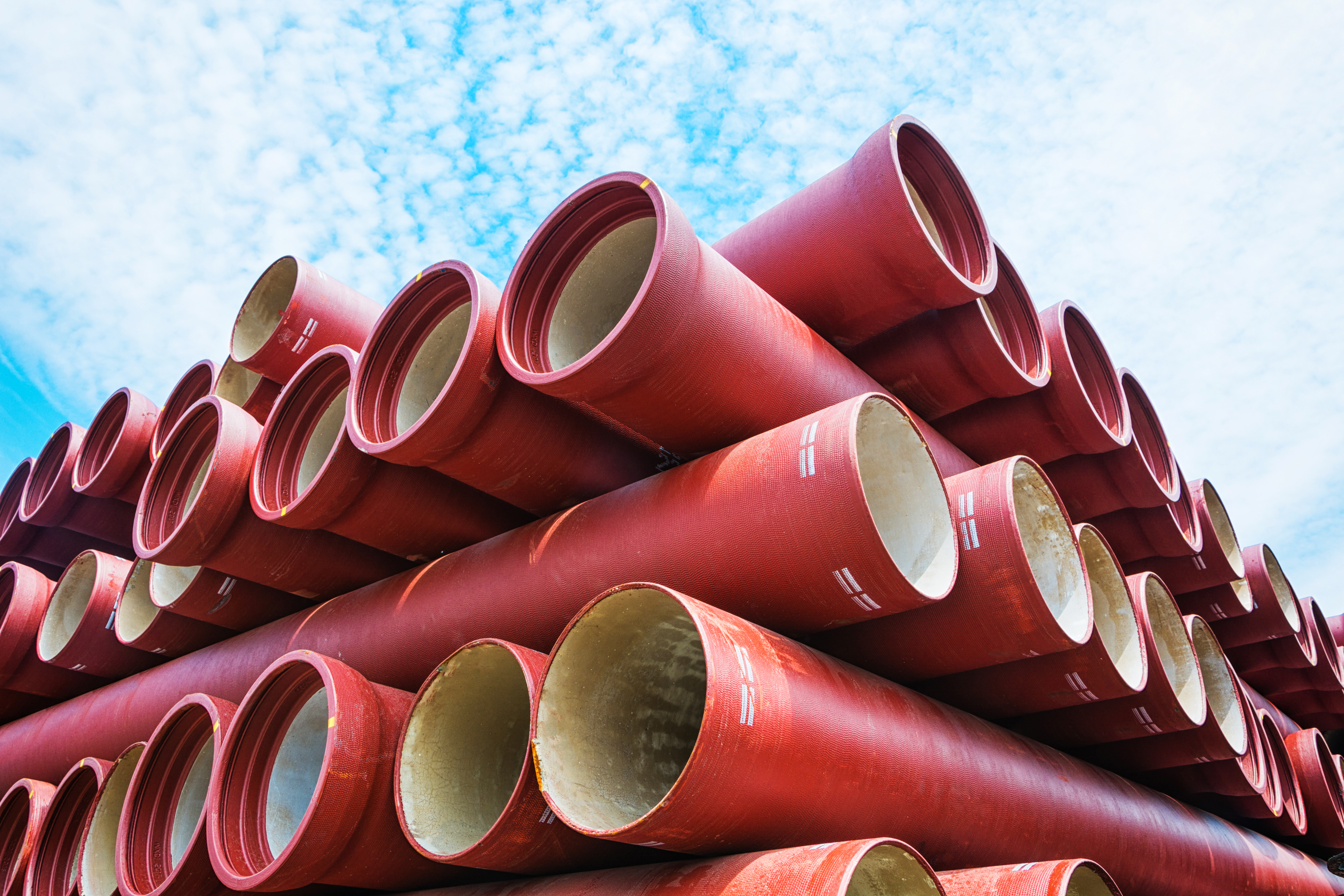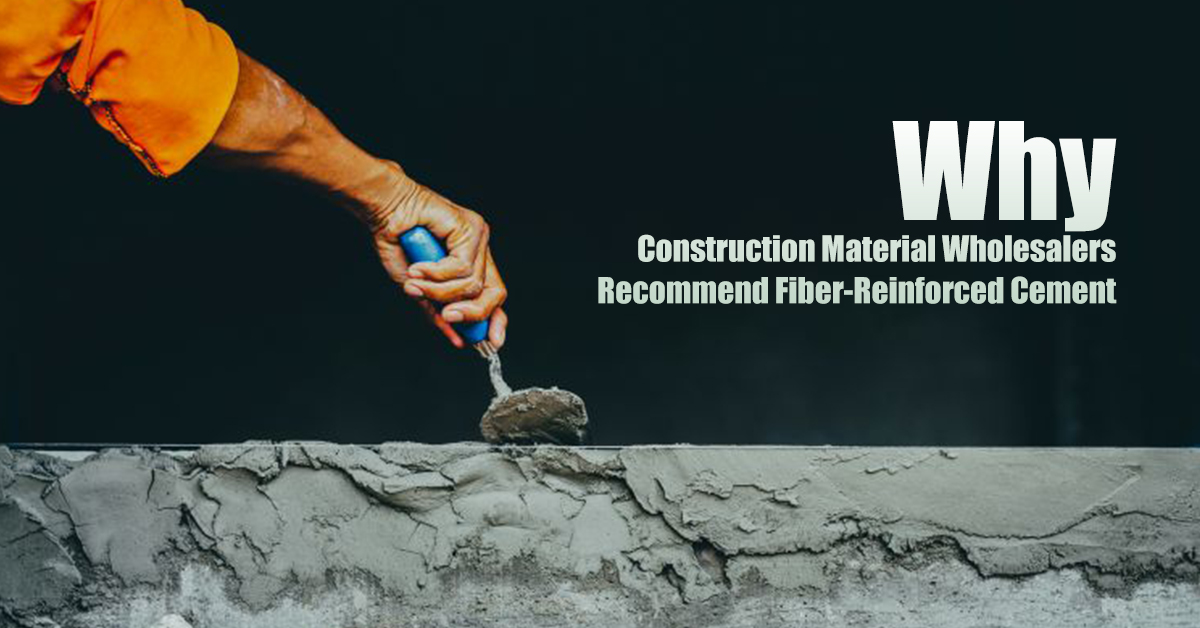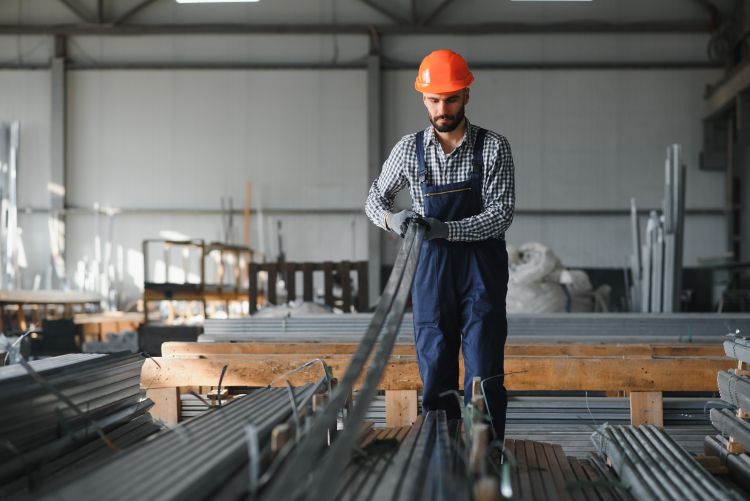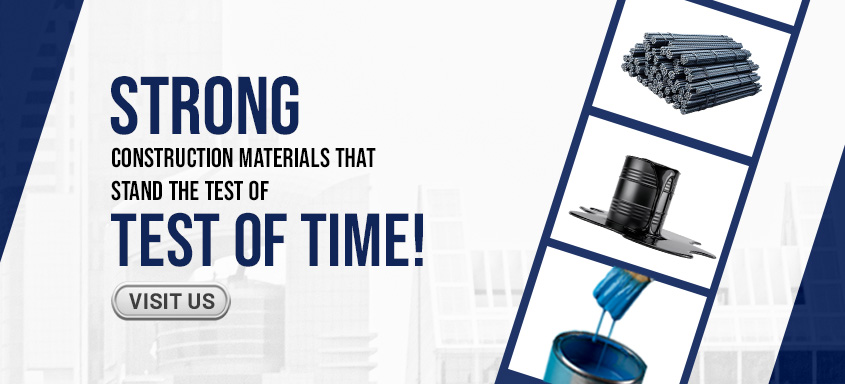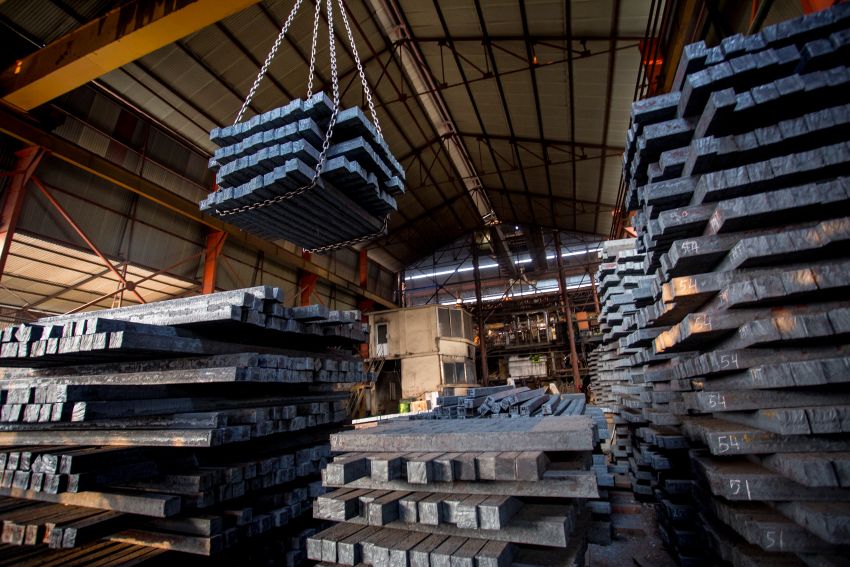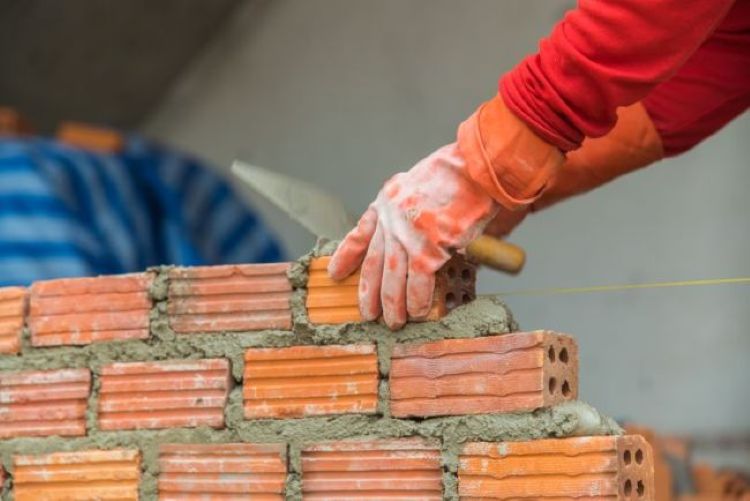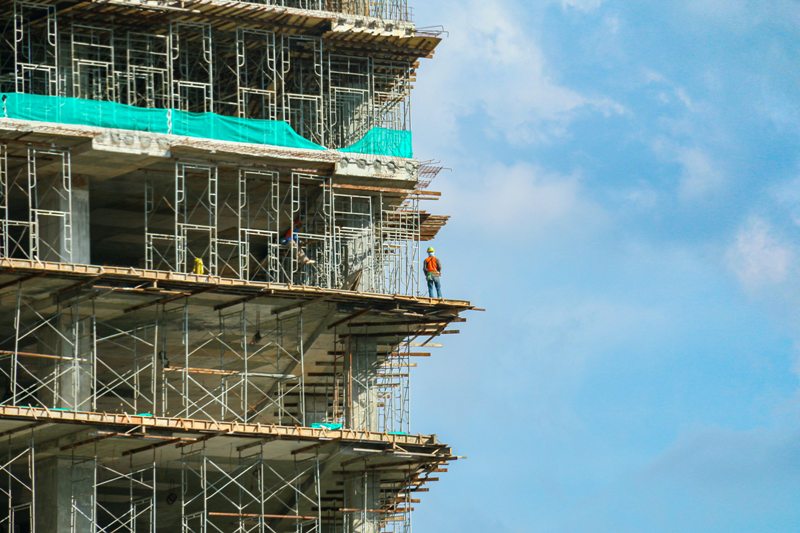In the world of infrastructure and real estate development, the phrase construction material supply is more than just a logistical concern—it’s the lifeblood of every successful project. Whether you’re building a residential complex, a commercial tower, or a national highway, the quality, availability, and efficiency of your material supply chain can significantly impact your timeline and budget.
This article examines the pivotal role of construction material supply, the challenges faced by contractors and developers, and how modern platforms like Zhuzoor are revolutionizing the industry.
What Is Construction Material Supply?
Construction material supply refers to the sourcing, transportation, and delivery of essential building materials to construction sites. These materials include:
- Cement and concrete
- TMT bars and structural steel
- Bricks and blocks
- Aggregates and sand
- Pipes and fittings
- Bitumen and construction chemicals
- Scaffolding and shuttering materials
The supply chain encompasses manufacturers, distributors, logistics providers, and digital platforms that streamline procurement and ensure the timely delivery of goods and services.
Why Construction Material Supply Matters
Efficient construction material supply is vital for several reasons:
- Project Timelines
Delays in material delivery can halt construction, leading to missed deadlines and increased labor costs.
- Budget Control
Fluctuating prices and poor vendor management can lead to inflated costs. A reliable supply chain helps maintain budget discipline.
- Quality Assurance
Substandard materials compromise structural integrity. Trusted suppliers ensure compliance with safety and quality standards.
- Sustainability
Eco-friendly sourcing and optimized logistics reduce the environmental footprint of construction projects.
Also Read: Concrete vs. Cement: Knowing the Difference from Construction Material Suppliers
Challenges in Traditional Supply Chains
Despite its importance, construction material supply is riddled with challenges:
- Fragmented vendor networks: Contractors often juggle multiple suppliers, leading to inefficiencies.
- Price volatility: Market fluctuations make budgeting unpredictable.
- Logistical bottlenecks: Poor coordination causes delays and material wastage.
- Limited transparency: Tracking material movement is difficult without digital tools.
- Credit constraints: Small contractors struggle with upfront payments and financing.
These issues have long plagued the industry until the rise of tech-enabled platforms.
The Rise of Digital Construction Marketplaces
Modern platforms like Zhuzoor are revolutionizing construction material supply by offering:
- Centralized procurement
- Approved vendor networks
- Competitive pricing
- Real-time tracking
- Flexible financing options
These platforms act as one-stop ecosystems, simplifying the entire supply chain for contractors, builders, and infrastructure developers.
Zhuzoor: A Game-Changer in Construction Material Supply
Zhuzoor, backed by Shyam Steel, is a new-age B2B marketplace that brings all construction materials and services under one roof. It caters to infrastructure contractors, builders, and developers across India.
What Zhuzoor Offers:
- TMT Bars: Earthquake-resistant and available in all grades and diameters.
- Structural Steel: Beams, channels, plates, and sheets customized to project needs.
- Tubes & Pipes: DI, ERW, seamless, and hollow sections for diverse applications.
- Construction Chemicals: Admixtures and binders for concrete and masonry.
- Bitumen: Multiple grades for roads, runways, and hydraulic structures.
- Crash Barriers: Safety solutions for highways and industrial zones.
- Scaffolding & Shuttering: Props, spans, cuplocks, and haunch plates.
Logistics & Delivery
Zhuzoor ensures doorstep delivery through a robust network of transporters, eliminating delays and reducing material handling risks.
Financing & Credit
With conducive credit facilities, Zhuzoor eases working capital stress for customers, making procurement more accessible.
Tech-Enabled Transparency
Their platform offers real-time visibility into material movement, enhancing trust and accountability.
Benefits of Using Zhuzoor for Construction Material Supply

Also Read: The Importance of Certifications and Standards for Wholesale Building Material Suppliers
Real-World Impact: Faster, Smarter Construction
By streamlining construction material supply, platforms like Zhuzoor empower developers to:
- Reduce project delays
- Improve cost efficiency
- Enhance structural quality
- Scale operations across multiple sites
- Focus on core construction activities instead of vendor management
Whether you’re building a metro line, a bridge, or a housing society, the right supply partner can transform your execution strategy.
The Future of Construction Material Supply
As India’s infrastructure boom continues, the demand for more efficient supply chains is expected to increase. Key trends include:
- AI-powered inventory forecasting
- Blockchain for material traceability
- Green building materials
- Integrated ERP systems
- On-site 3D printing of components
Platforms like Zhuzoor are well-positioned to lead this transformation, combining legacy expertise with cutting-edge technology.
In conclusion: Build Smarter with Zhuzoor
Ready to simplify your construction material supply and boost project efficiency?
Partner with Zhuzoor—India’s trusted B2B marketplace for all your building needs.
From TMT bars to scaffolding, get top-quality materials at competitive prices, delivered right to your site.
Whether you’re a contractor, builder, or infrastructure developer, Zhuzoor has the tools, tech, and trust to power your next project.
Explore Zhuzoor now and revolutionize your construction supply chain.
READ POST


